It was a great event and a nice, public way to recognize the winner. The students attended with their parents and family, their teacher, and fanfare.
| I was invited to the event shortly after returning from the annual NCTE convention. I immediately thought of Sandra Neil Wallace. During the convention Between the LInes: How Ernie Barnes went from the Football Field to the Art Galley, written by Sandra Neil Wallace and illustrated by Bryan Collier won the Orbis Award. I thought this years award went to a book that is about a man who loved both football and art. The book is described: Ernie Barnes’s decision to choose a career in art over professional football offers readers a model of masculinity, a pathway for following one’s passions, and a window into the Black Is Beautiful movement. Too often, we don't celebrate the professional possibilities of the arts. Anyone who knows Sandra can tell you how excited she was to winner and if you don't just look at the photograph below. It has been my please to present and work with Sandra and Rich Wallace several times over the last few years. |
Until next week.
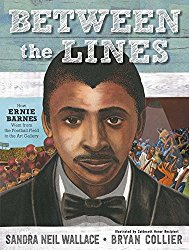
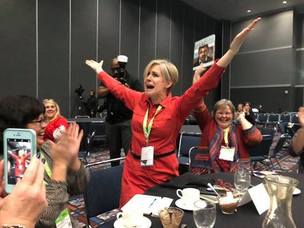

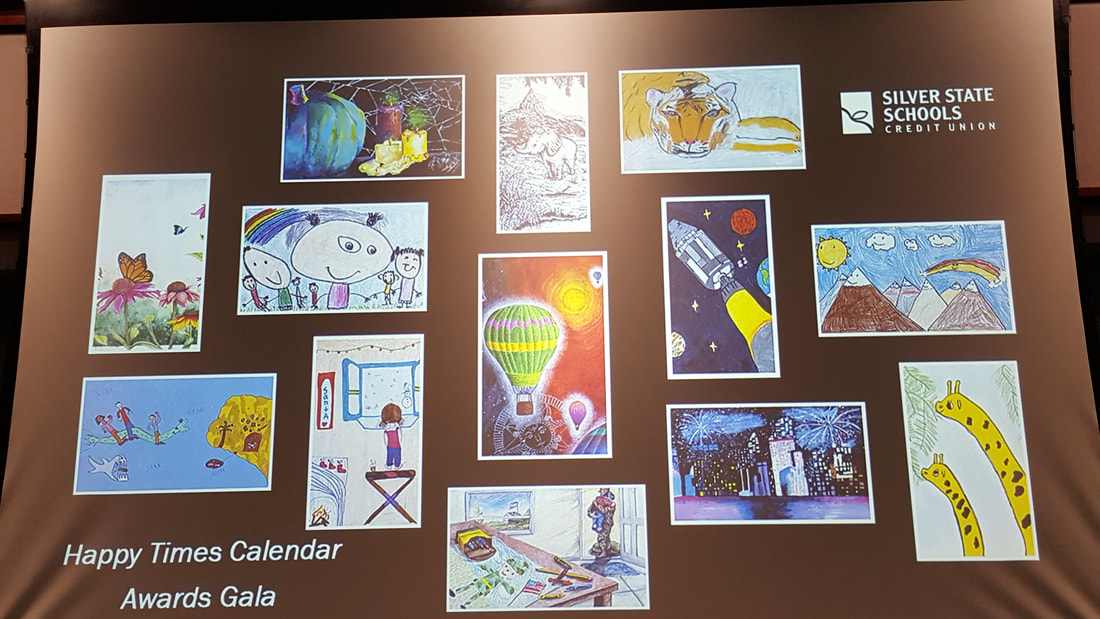
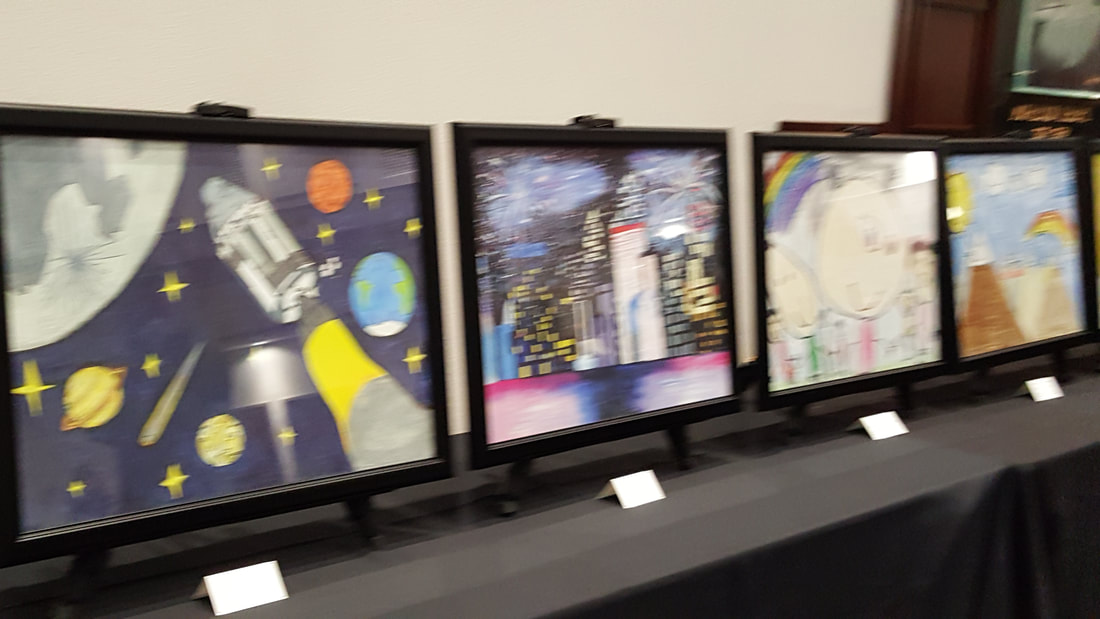
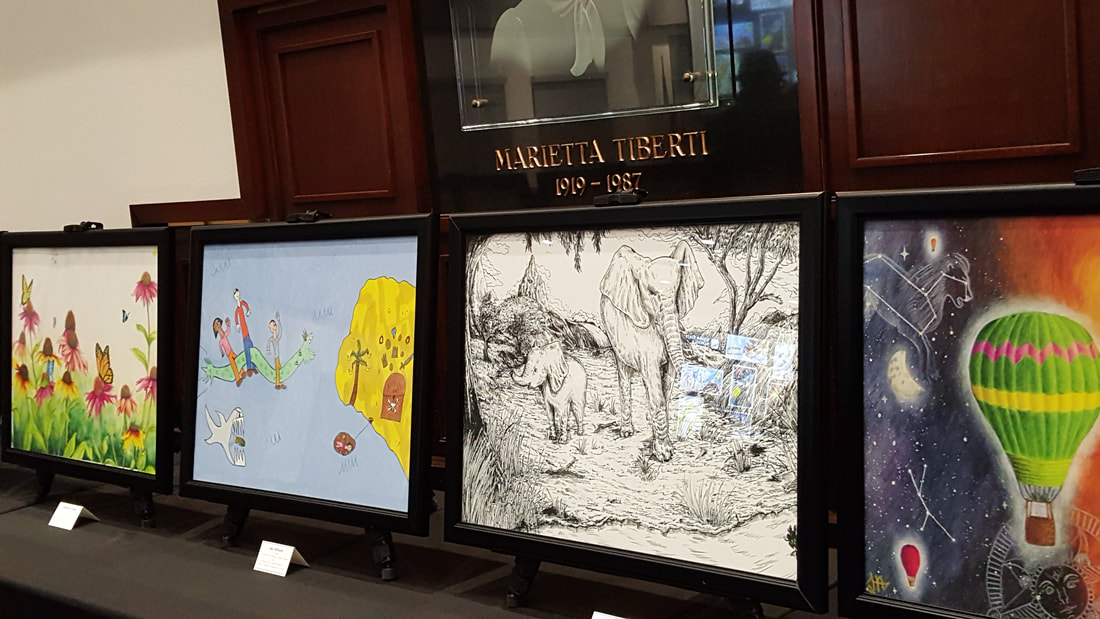
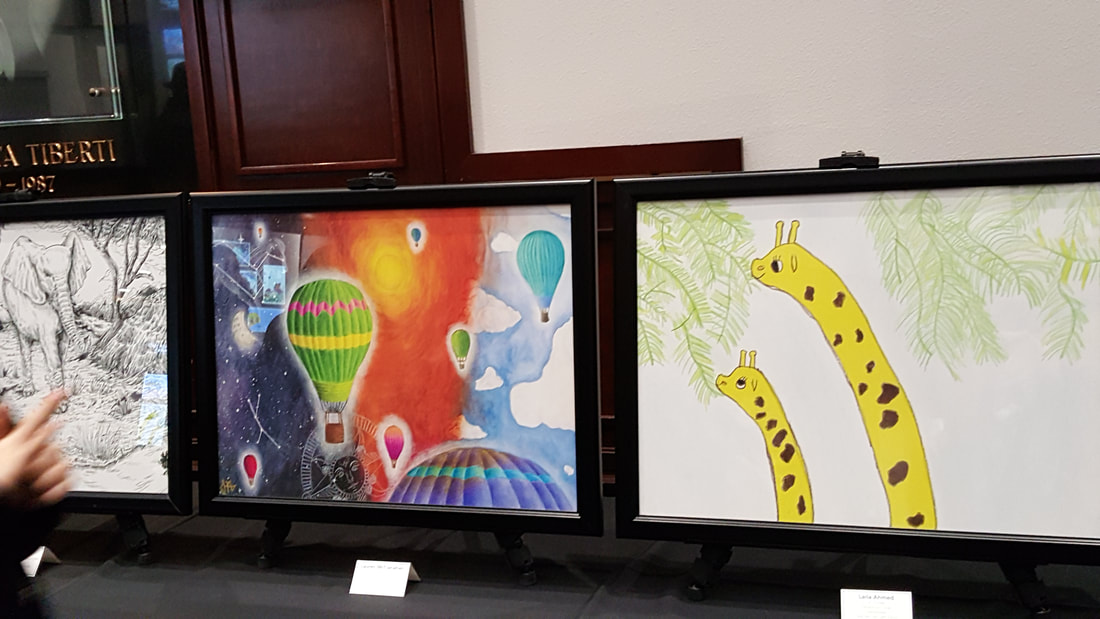
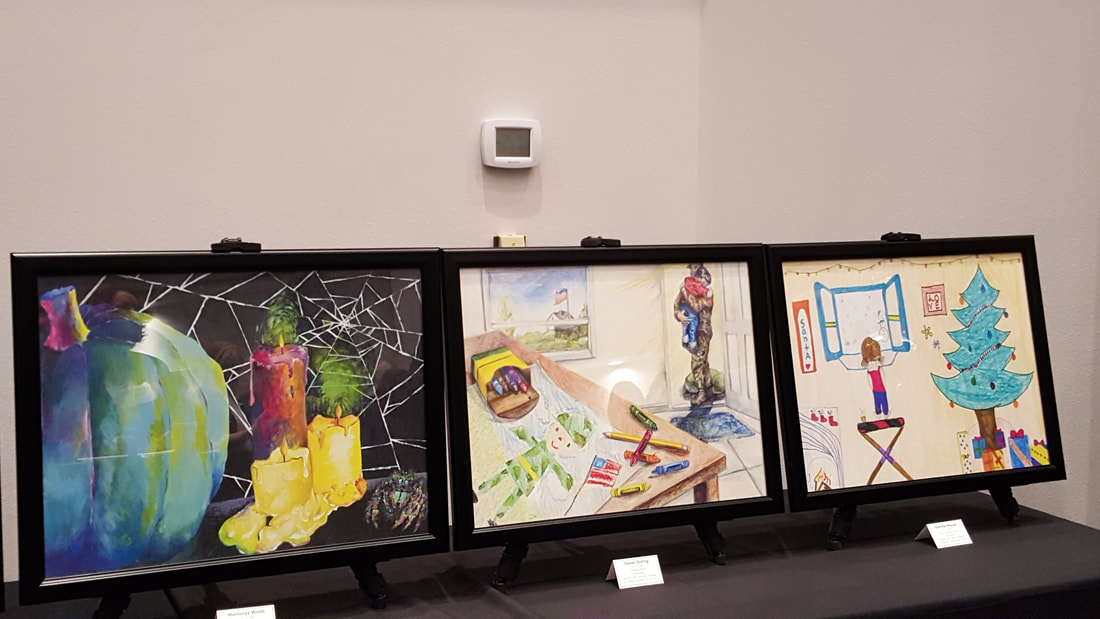




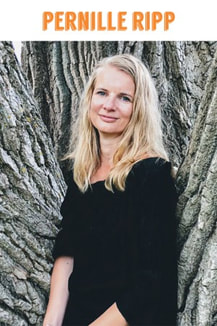
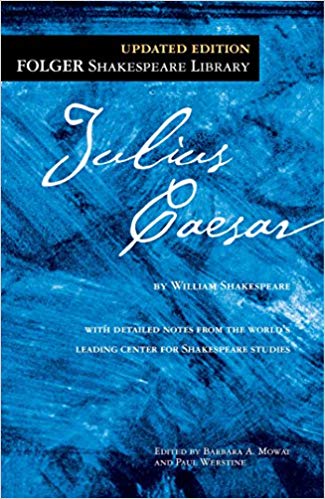
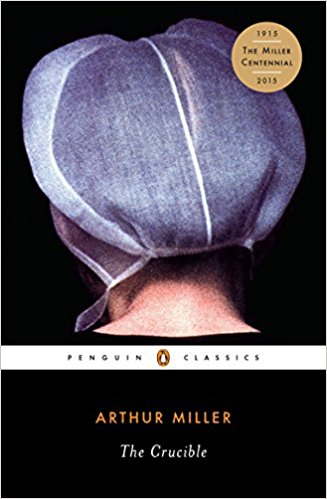
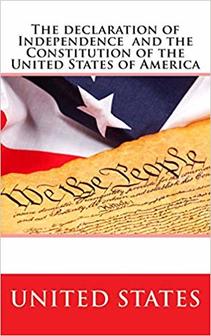
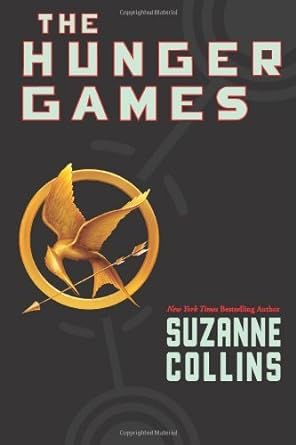
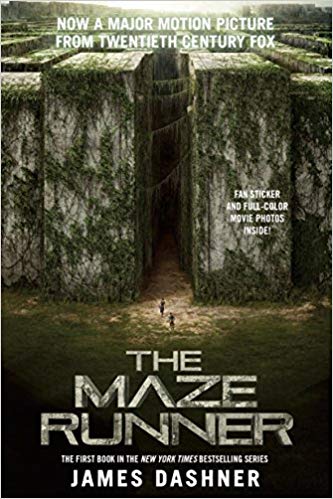
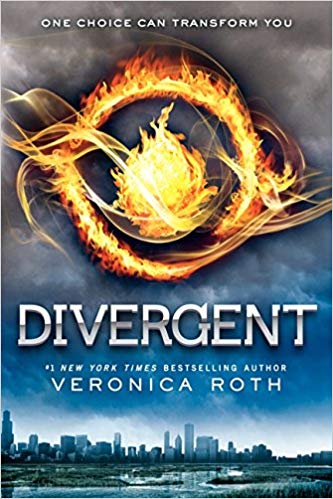
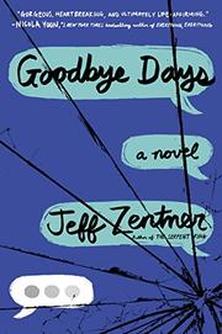
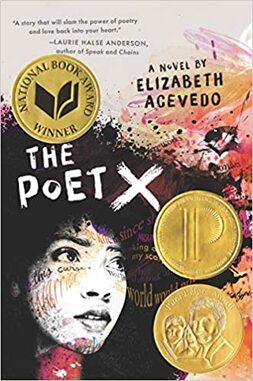
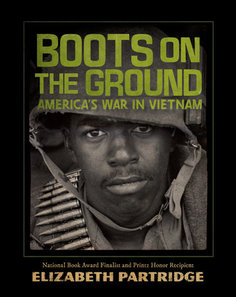
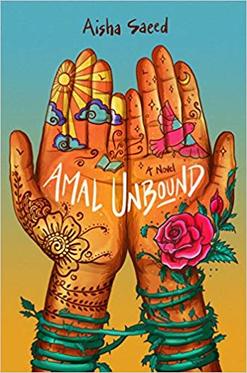
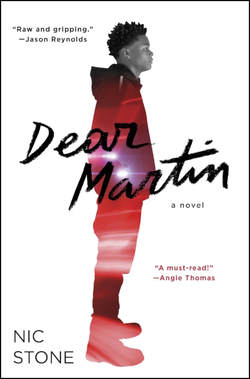
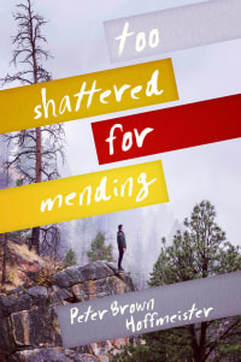
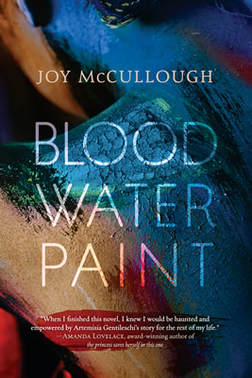
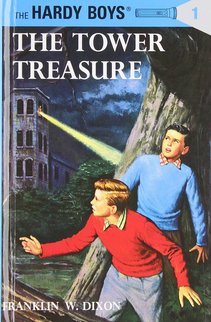
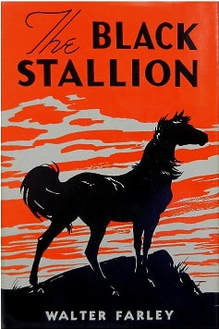
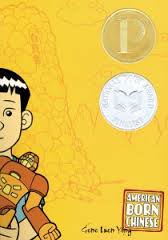
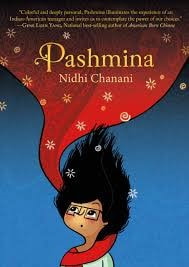
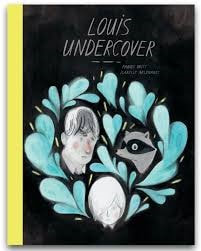
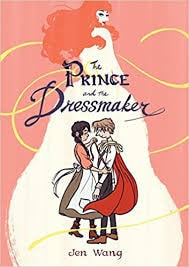
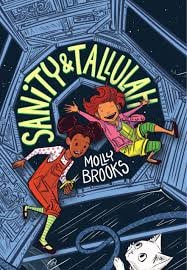
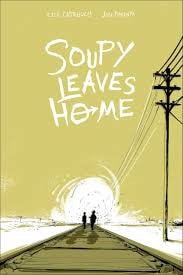
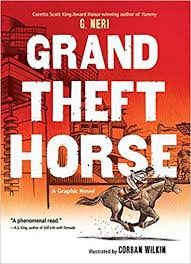

 RSS Feed
RSS Feed